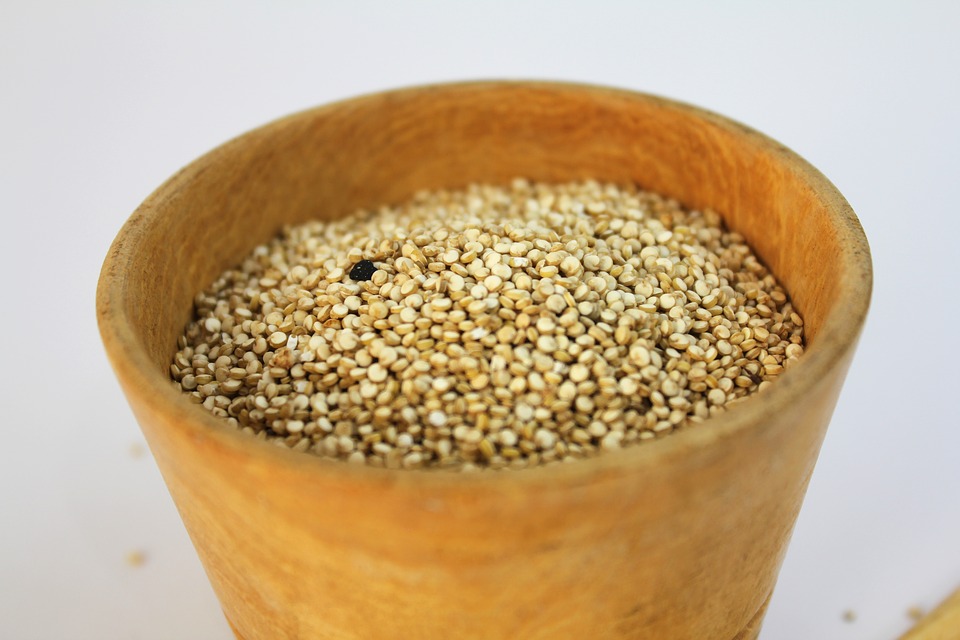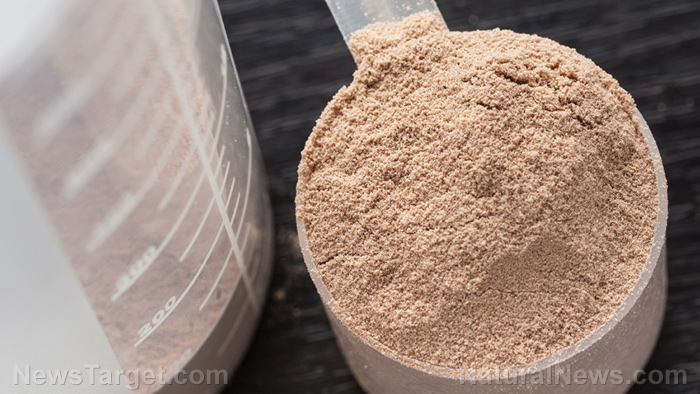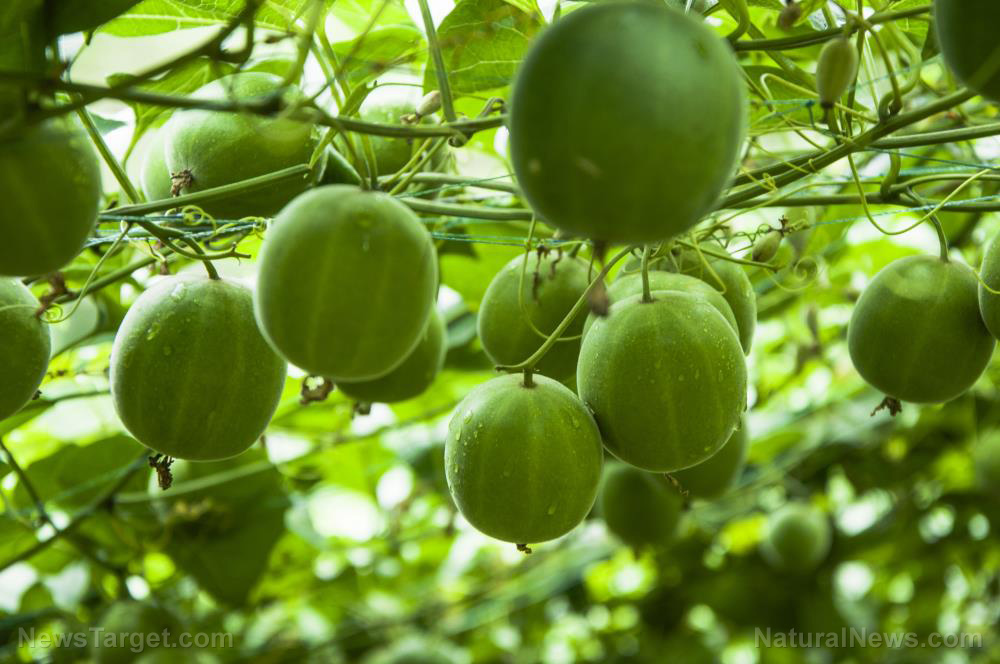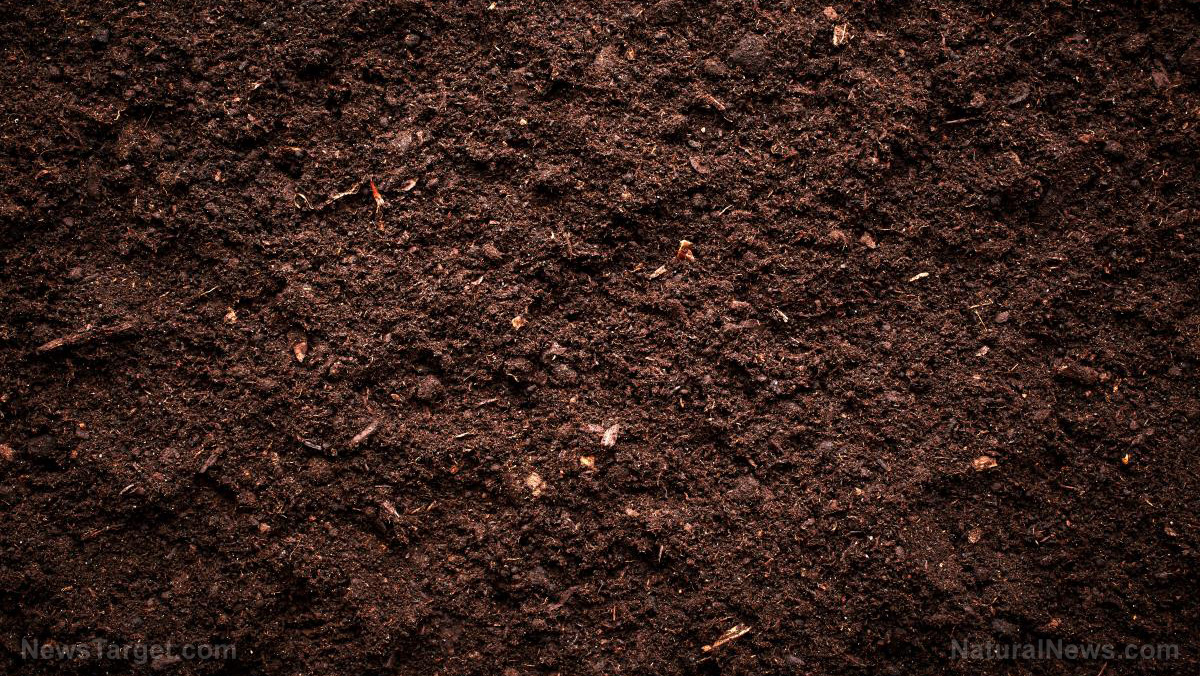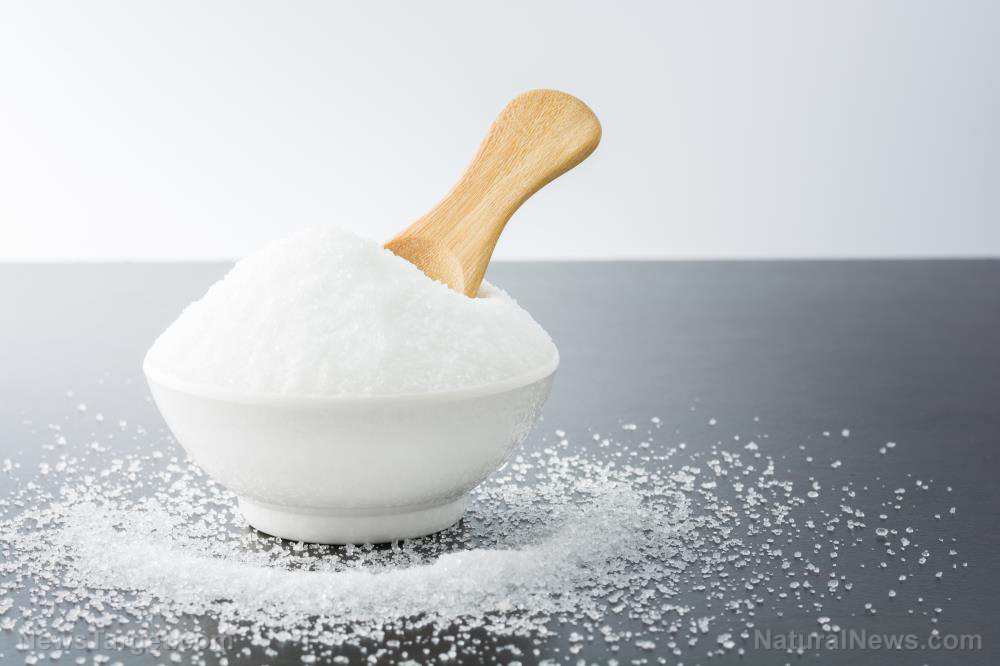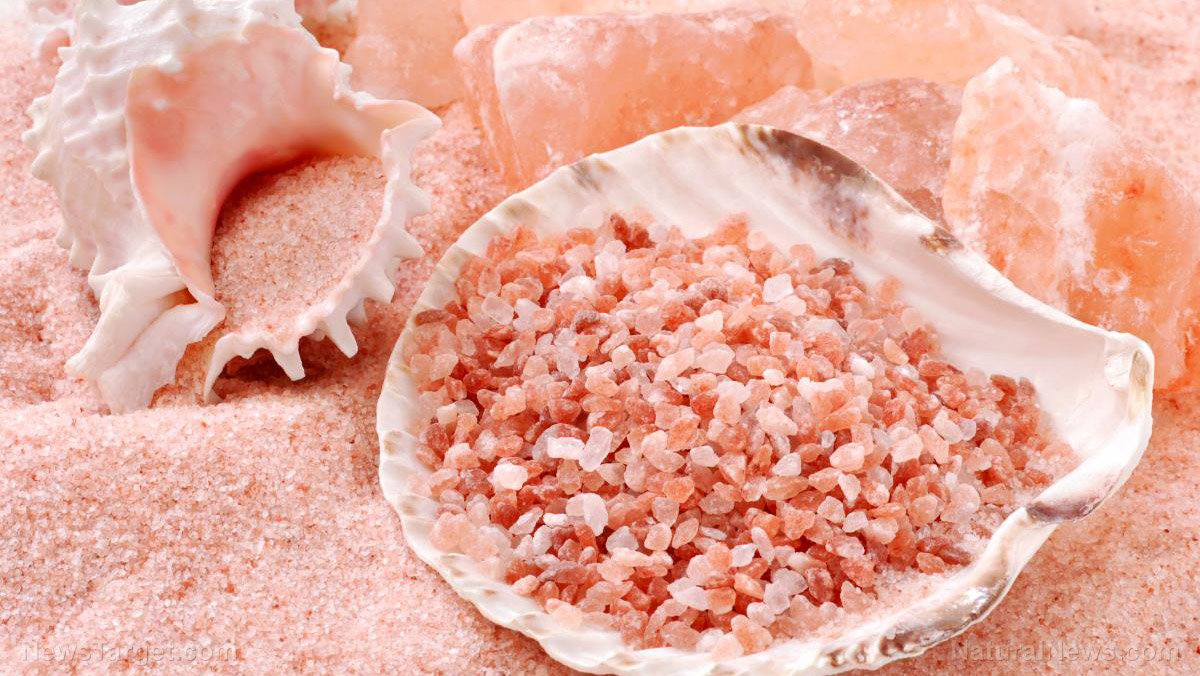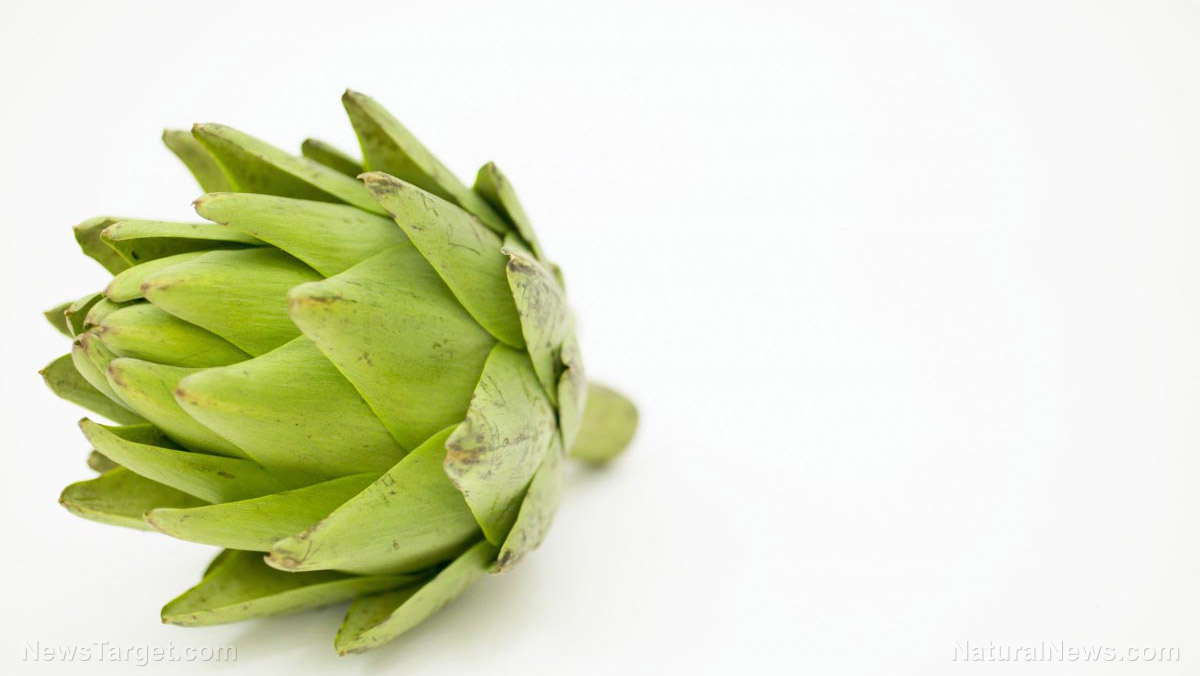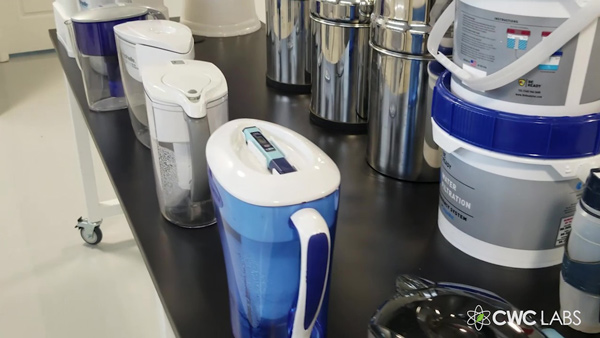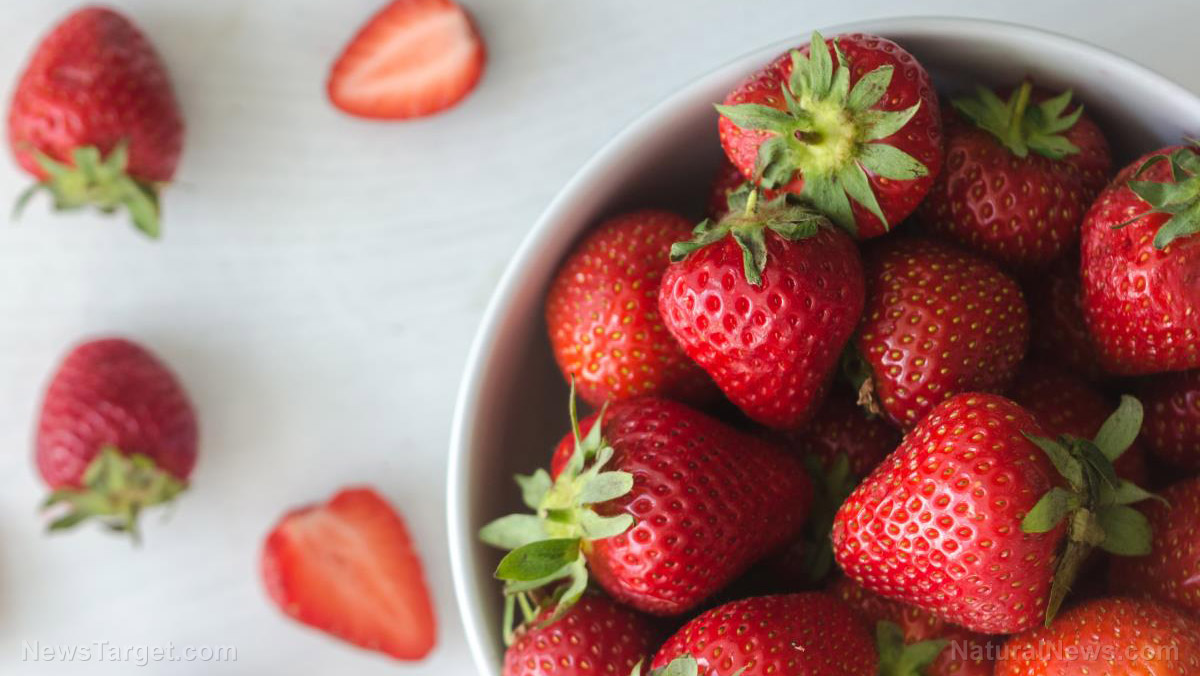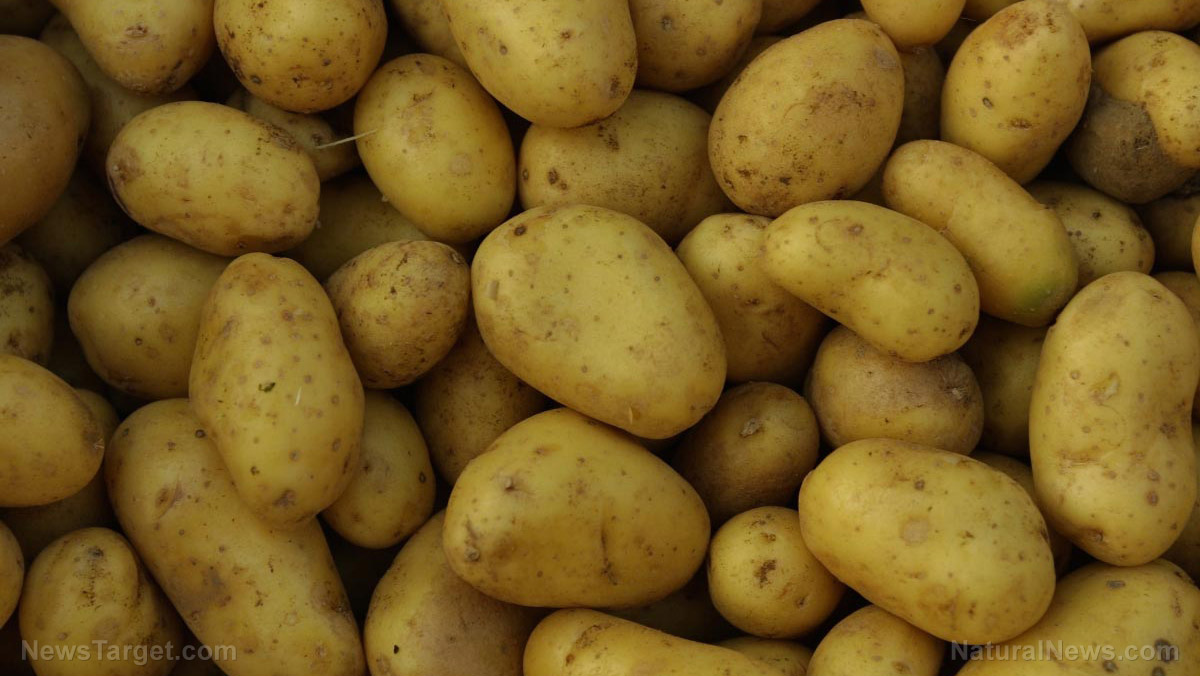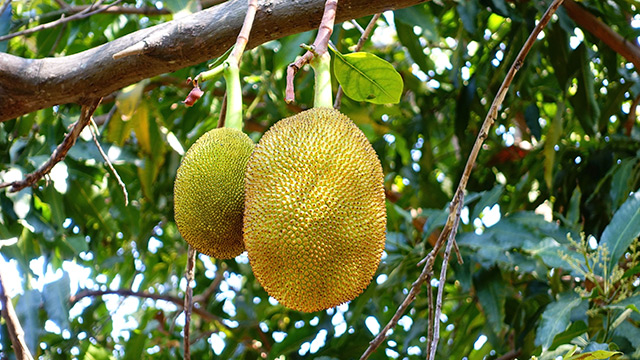FDA hid glyphosate findings from the public after finding weed killer contamination in nearly ALL food
05/02/2018 / By Vicki Batts

Shocking internal emails, uncovered via the Freedom of Information Act, have revealed yet another scandal: The FDA knew that the toxic weed killer, glyphosate, was contaminating the U.S. food supply — and ignored the dangerous threat posed to American consumers. Apparently, the finding of glyphosate in heavily consumed products like granola bars and corn is of no concern to FDA officials; supervisors have reportedly declared that the glyphosate present in these items doesn’t count because they aren’t part of the agency’s “official” report.
Science be damned; the federal government has a report to write — and now, some are wondering if perhaps somebody, somewhere has already told them what to put in it.
For decades, the FDA has been responsible for testing food samples to ensure that specific quality standards are met. This includes monitoring foods for illegally high amounts of pesticide residues. Until recently, however, the FDA had not been testing for glyphosate residues — a fact that drew much scrutiny from the Government Accountability Office, as well as consumer watchdog organizations.
Glyphosate in and of itself has drawn a lot of criticism, due to its litany of adverse effects on human health and the environment. The star ingredient of Monsanto’s Roundup came under fire in 2015, after the World Health Organization’s International Agency for Research on Cancer declared that glyphosate was a “probable carcinogen.” Some research has shown that increasing use of this pesticide may be contributing to the rapid decline of bee populations, as well.
Now a string of emails from the FDA show that multiple FDA scientists have found concerning levels of glyphosate residue in everyday foods. In separate investigations, chemists Richard Thompson and Narong Chamkasem found traces of glyphosate that exceeded legal amounts in different foods.
In one email, Thompson wrote to his colleagues, “I have brought wheat crackers, granola cereal and corn meal from home and there’s a fair amount in all of them,” and noted that only his broccoli sample seemed to be free of glyphosate.
Chamkasem’s findings were similar, with the chemist noting that there were exceptionally high amounts of glyphosate residue in corn. In an internal FDA email, Chamkasem reported that they had detected glyphosate in corn at 6.5 parts per million, while the legal limit is 5.0 ppm.
“These emails shatter any remaining faith in the U.S. Food and Drug Administration operating as some sort of defender of public health,” explained Mike Adams, the Health Ranger, founder of CWC Labs and author of Food Forensics. “The fact that the FDA deliberately withheld these alarming findings from the public speaks volumes about the real motivations of this failed agency,” Adams added. “It’s clear to every scientifically-minded person that the FDA goes out of its way to hide the truth about agricultural chemicals in the food supply, most likely to protect the financial interests of chemical pesticide and herbicide corporations which wield tremendous influence over government regulators.”
How the FDA buried its findings while food consumers continued to eat cancer-linked weed killer chemicals
Perhaps what’s most concerning about this is that a supervisor at the FDA essentially waved off this finding. Normally, The Guardian explains, a finding like this is reported to the EPA. However, an FDA supervisor wrote to an EPA official, declaring that the corn tested by Chamkasem was not an “official” sample.
Chamkasem also reportedly uncovered glyphosate residues in oatmeal products and honey in 2016. FDA documents show that after announcing these findings, Chamkasem’s lab was “reassigned to other programs” and the entire investigation was actually suspended temporarily. Again, the FDA declared that these items were not part of their glyphosate residue review.
The fact that foods like wheat and oats are not part of the FDA review is actually highly concerning, as it’s become well-known that farmers use glyphosate as a desiccant. Wheat, oats and other foods are commonly sprayed with glyphosate late in the season to hasten the harvesting process. So, there’s plenty of reason to suspect these foods are also contaminated, even if they aren’t supposed to be treated with glyphosate.
But sadly, as The Guardian notes further, it seems unlikely that either Thompson’s or Chamkasem’s findings will be included in the official FDA report. When asked about glyphosate testing, an FDA spokesperson reportedly stated that “the FDA had not found any illegal levels in corn, soy, milk or eggs, the four commodities it considers part of its glyphosate ‘special assignment.’ The “unofficial findings” from the emails were not addressed.
As usual, big government operates on its own agenda — who is going to hold these people accountable? Read more news on glyphosate at Glyphosate.news.
Sources for this article include:
Tagged Under: chemicals, corruption, Cover-Up, FDA, food contamination, food science, glyphosate, glyphosate in food, toxic chemicals, weed killer

